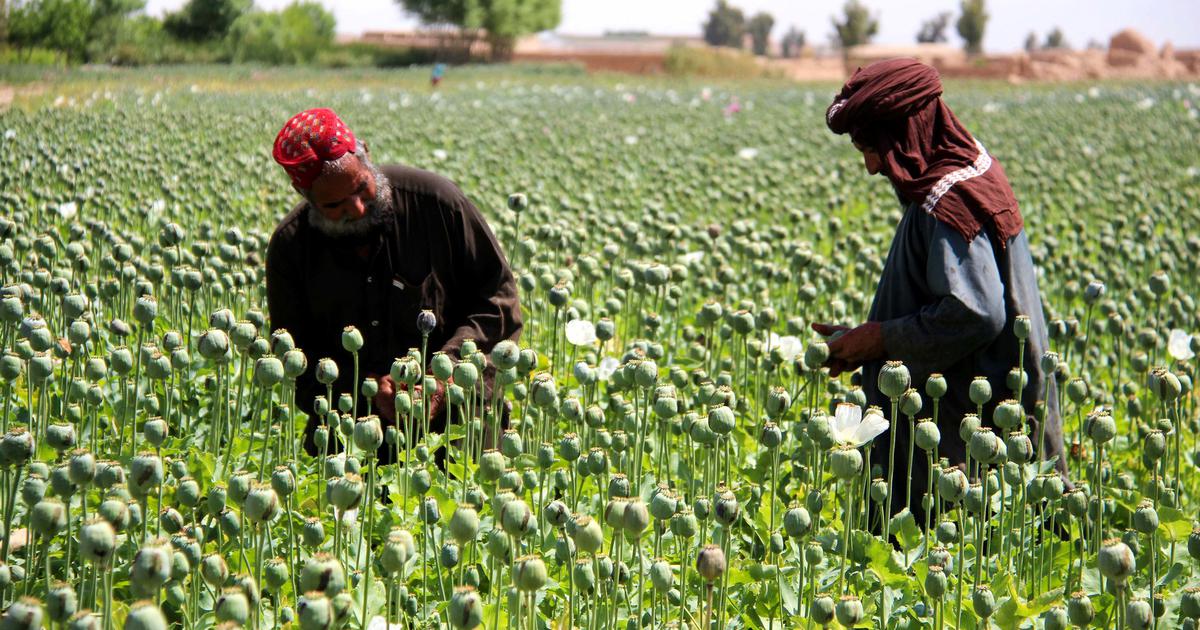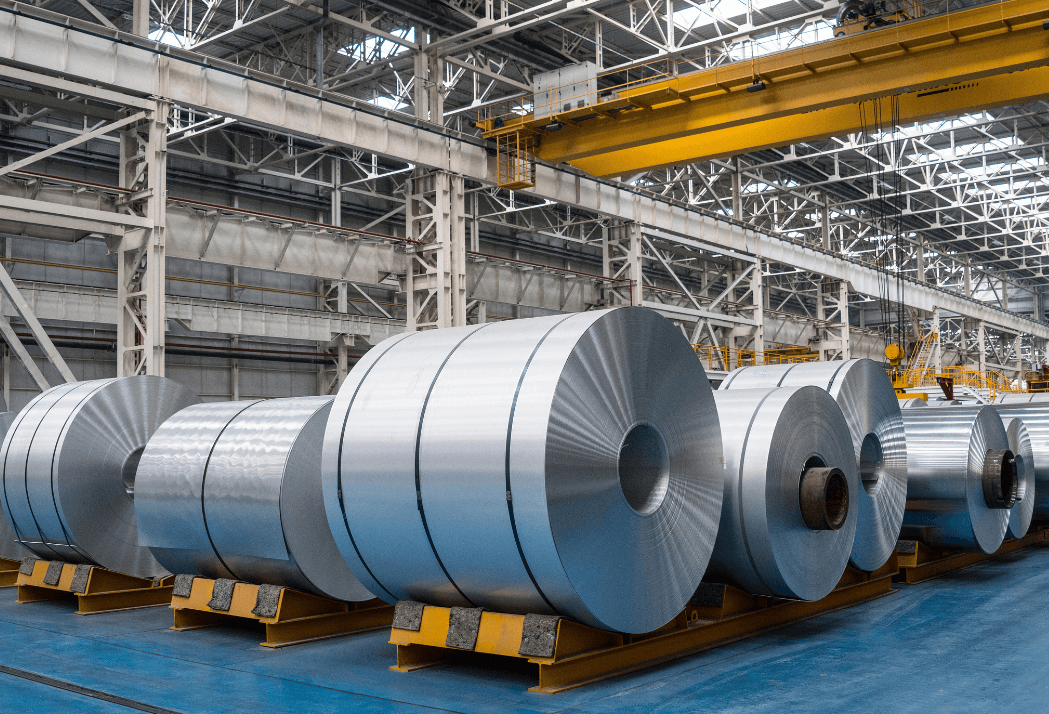Afghanistan: What is the relationship between the Taliban economy and opium?

KABUL: AUGUST 27 – The Taliban claim that it had completely banned the cultivation of opium during its previous regime in Afghanistan, due to which the illegal drug trade came to an end.
Although there was a decrease in opium production in Afghanistan in 2001, it has been seen in subsequent years that opium cultivation has increased in Taliban-controlled areas.
How much opium is there in Afghanistan?
Opium is refined to produce highly addictive drugs such as heroin.
According to the United Nations Office on Drugs and Crimes (UNODC), Afghanistan is the largest producer of opium.
Afghanistan accounts for more than 80 per cent of the world’s opium production.

According to UNODC estimates in 2018, opium production accounted for 11 per cent of Afghanistan’s total economy.
What has the Taliban said on opium?
After gaining control of Afghanistan, Taliban spokesman Zabihullah Mujahid said, “Drugs have not been produced when we have been in government. We will once again bring opium cultivation to zero. There will be no smuggling.” ”
What is the record of the Taliban?
According to the US State Department, opium cultivation has increased under the Taliban. It had reached 64 thousand hectares in 2000 from 41 thousand hectares in 1998.
Helmand province accounts for 39% of the world’s total opium production, and most of the province has been controlled by the Taliban.
But in July 2000, the Taliban banned the cultivation of opium in the area under their control.
According to a May 2001 UN report, ‘the ban on opium production in Taliban controlled areas has been a complete success.’
In 2001 and 2002, international arrests of opium and heroin were also rare during the Taliban’s ban.
However, after this, a lot of change has been seen in the situation.
By the way, even after controlled cultivation by the previous government, it is clear that most of the opium was being produced in Taliban controlled areas.
For example, Helmand is a province of southern Afghanistan. Most of its land was under cultivation of opium in 2020, when it was under Taliban control.
Taliban income from opium?
Opium cultivation is the most important source of employment in Afghanistan. According to UNODC’s Opium Survey of Afghanistan, about one lakh 20 thousand people were dependent on it.
According to the US State Department, the Taliban get income from taxing opium, as well as indirect income from illegal possession and smuggling of opium. The farmers who grow opium are charged a 10% tax.

Tax is also collected from the processing lab that makes heroin from opium and its traders also pay the tax. According to an estimate, the Taliban earns between $100 and 400 million in annual income from this illegal drug trade.
According to the US watchdog Special Inspector General for Afghan Reconstruction, 60% of the Taliban’s annual income comes from the illegal drugs trade.
Where are drugs used?
95% of the heroin that is made from opium originating in Afghanistan is used in Europe.
According to the US Drug Enforcement Agency, only one per cent of the heroin supply in the US comes from Afghanistan, with the majority coming from Mexico.
Between 2017 and 2020, more than 90% of drug trafficking took place by road. But in recent times more drugs are being confiscated along the sea route between the Indian Ocean and Europe.

If we look at the cases of cultivation, production and seizure of opium in the graph, then it is clear that it has increased continuously in Afghanistan during the last two decades.
According to the US watchdog Special Inspector General for Afghan Reconstruction, the seizure of opium and the arrest of smugglers has no effect on its cultivation.
According to this, the amount of opium seized since 2008 is only eight per cent of the production of one the year of 2019.
-BBC(Hindi)









